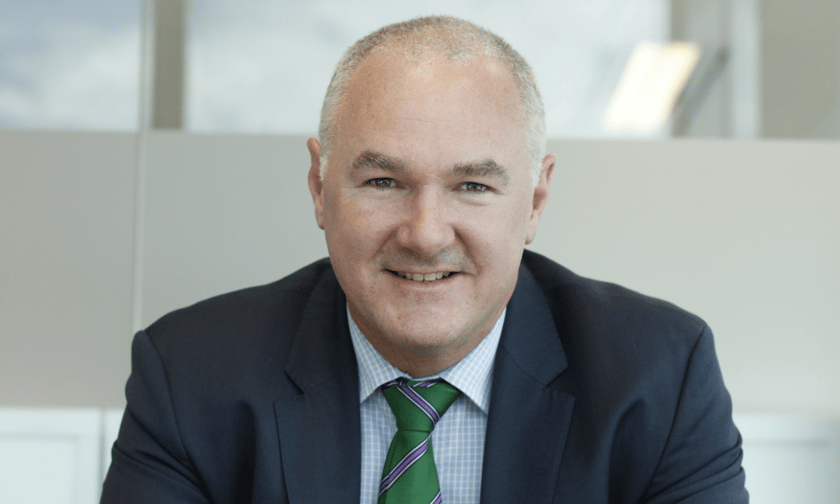

After years of accelerated growth, residential construction costs have stabilised, growing at the slowest annual rate in 22 years, according to CoreLogic’s Cordell Construction Cost Index (CCCI).
The Q2 2024 national CCCI recorded a 0.5% rise, slowing further from the 0.8% increase in Q1.
During FY24, annual costs increased by 2.6%, marking the smallest annual rise since March 2002 (2.3%) and significantly below the pre-COVID decade average of 4%.
“The growth in costs has finally returned within normal margins; however, the price of construction is not falling and building or renovating remains almost 30% more expensive now than pre-COVID,” CoreLogic Research Director Tim Lawless (pictured above) said.
“It’s likely the easing in the growth of construction costs over the past six months, alongside higher established housing prices, will gradually help to repair builder profit margins and flow through to providing more confidence around pricing for new builds and renovations."
State-wise, the quarterly change in CCCI remains aligned, ranging from 0.3% in Queensland to 0.6% in NSW and Victoria.
CoreLogic construction cost estimation manager John Bennett attributed the overall de-escalation in construction cost increases to reduced pricing volatility among materials.
“Although some categories are registering a fall in price, there are multiple factors that make up the cost to build,” Bennett said. “Sustained issues across the supply chain, which plagued the industry throughout COVID have largely resolved but costs for labour remain elevated and contribute significantly to any residential project.”
Nationally, CPI was up 1% in the March quarter compared with a 0.8% rise in residential construction costs.
With construction costs rising by 0.5% in the June quarter, Lawless said, “Residential building costs are a key input for the housing component of the consumer price index. Although rents remain a pain point for housing inflation, the slowdown in residential construction costs is a positive outcome for inflationary pressures.”
Lawless commented on the increase in building approval figures in May, which rose by 5.5%.
“Even with May’s uptick in building approvals, we're still navigating the bottom of the approvals cycle,” he said.
“Any recovery remains tentative and unconvincing given thousands of approved projects aren’t coming to fruition for a variety of reasons and building activity remains sluggish due to a substantial backlog of projects that are still progressing through the pipeline.”
To compare the latest figures with the previous results, click here.
Get the hottest and freshest mortgage news delivered right into your inbox. Subscribe now to our FREE daily newsletter.
